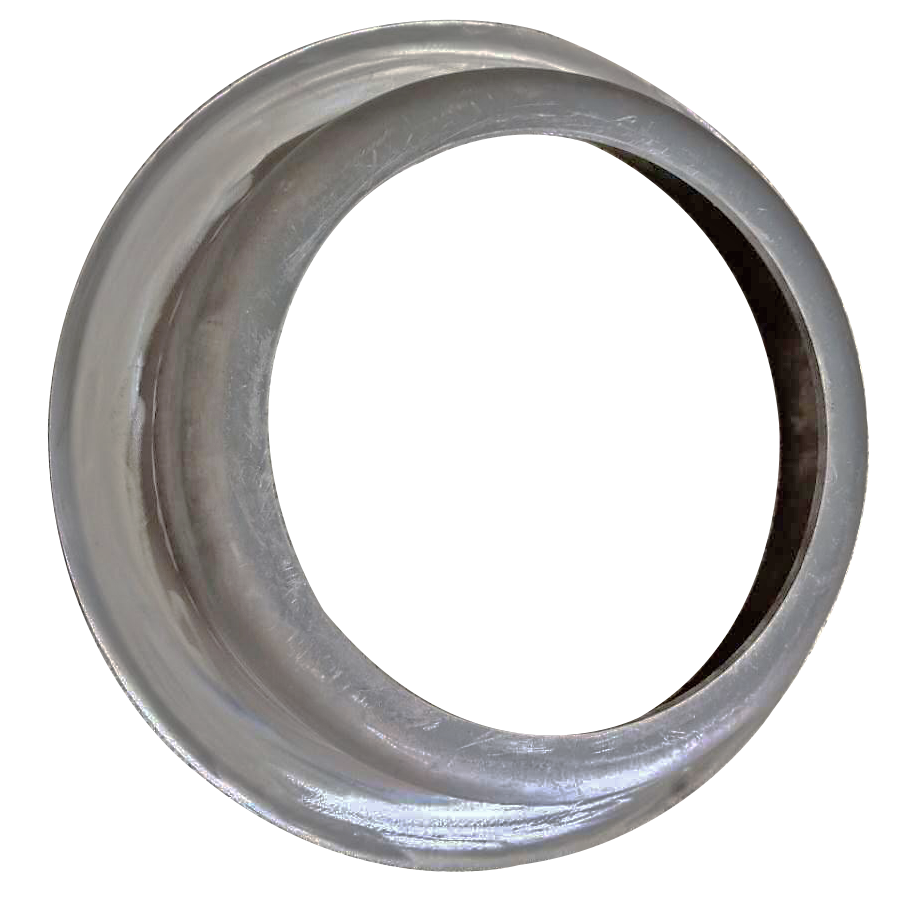- Afrikaans
- Albanian
- Amharic
- Arabic
- Armenian
- Azerbaijani
- Basque
- Belarusian
- Bengali
- Bosnian
- Bulgarian
- Catalan
- Cebuano
- China
- China (Taiwan)
- Corsican
- Croatian
- Czech
- Danish
- Dutch
- English
- Esperanto
- Estonian
- Finnish
- French
- Frisian
- Galician
- Georgian
- German
- Greek
- Gujarati
- Haitian Creole
- hausa
- hawaiian
- Hebrew
- Hindi
- Miao
- Hungarian
- Icelandic
- igbo
- Indonesian
- irish
- Italian
- Japanese
- Javanese
- Kannada
- kazakh
- Khmer
- Rwandese
- Korean
- Kurdish
- Kyrgyz
- Lao
- Latin
- Latvian
- Lithuanian
- Luxembourgish
- Macedonian
- Malgashi
- Malay
- Malayalam
- Maltese
- Maori
- Marathi
- Mongolian
- Myanmar
- Nepali
- Norwegian
- Norwegian
- Occitan
- Pashto
- Persian
- Polish
- Portuguese
- Punjabi
- Romanian
- Russian
- Samoan
- Scottish Gaelic
- Serbian
- Sesotho
- Shona
- Sindhi
- Sinhala
- Slovak
- Slovenian
- Somali
- Spanish
- Sundanese
- Swahili
- Swedish
- Tagalog
- Tajik
- Tamil
- Tatar
- Telugu
- Thai
- Turkish
- Turkmen
- Ukrainian
- Urdu
- Uighur
- Uzbek
- Vietnamese
- Welsh
- Bantu
- Yiddish
- Yoruba
- Zulu
Nov . 11, 2024 01:44 Back to list
High Efficiency Heat Exchangers for Elevated Temperature Applications in Industrial Systems
High Temperature Shell and Tube Heat Exchangers An Overview
Heat exchangers are pivotal components in various industrial processes, providing an efficient means of transferring thermal energy from one medium to another. Among the different types of heat exchangers, shell and tube heat exchangers are widely utilized due to their robust design and versatility, particularly in high-temperature applications.
Basic Design and Operation
Shell and tube heat exchangers consist of a series of tubes enclosed within a cylindrical shell. The design allows for one fluid to flow through the tubes while another fluid flows around them within the shell. This configuration maximizes the surface area for heat transfer and minimizes the temperature difference between the two fluids, enhancing efficiency. The tubes can be arranged in multiple configurations, such as in a single pass or multiple passes, depending on the specific requirements of the application.
Applications in High-Temperature Environments
High temperature shell and tube heat exchangers are essential in numerous sectors, including oil and gas, chemical processing, power generation, and aerospace. In these industries, fluids can reach temperatures exceeding 1000°F (538°C). To accommodate these conditions, specialized materials such as high nickel alloys or stainless steel are often employed to withstand both the high temperatures and corrosive environments.
Key Design Considerations
When designing high temperature shell and tube heat exchangers, several factors need to be carefully considered
1. Material Selection The choice of material is critical. It must endure not only the thermal stresses but also potential corrosion from the fluids being processed. Materials like Inconel and Hastelloy are commonly used for their high-temperature stability and corrosion resistance.
2. Thermal Stress Analysis High temperatures can lead to significant thermal expansion of the materials. Engineers must perform thermal stress analysis to ensure that the heat exchanger can withstand the difference in thermal expansion between the shell and the tubes.
high temperature shell and tube heat exchangers

3. Fluid Characteristics Understanding the thermal and physical properties of the fluids involved is essential. This includes their viscosity, specific heat capacity, and thermal conductivity, as these factors influence the heat transfer efficiency and overall performance.
4. Pressure Drop Management High temperature operations often involve fluids at high pressures, which can lead to significant pressure drops across the heat exchanger. Designing for minimal pressure drop while maximizing heat transfer is crucial to maintaining optimal operation in high-temperature applications.
5. Insulation and Safety Effective insulation is necessary to minimize heat loss and ensure safety. It is also important to incorporate safety measures to manage potential failures, such as burst tubes during extreme thermal or pressure conditions.
Benefits of Shell and Tube Design
The shell and tube configuration offers several advantages over other designs, particularly in high-temperature applications
- High Efficiency The large surface area of the tubes facilitates effective heat transfer, crucial in maintaining efficient thermal management in high-temperature processes.
- Scalability Shell and tube heat exchangers can be designed in various sizes to accommodate different flow rates, making them adaptable for various operational scales.
- Ease of Maintenance The design allows for relatively easy access to the tubes for cleaning, repairs, or replacements, which is vital for long-term operation.
Conclusion
High temperature shell and tube heat exchangers are indispensable in modern industrial systems. Their robust construction, coupled with specialized material selection and thoughtful design considerations, makes them ideal for effectively managing thermal energy in extreme conditions. As industries continue to push the boundaries of temperature and pressure in their operations, the importance of reliable and efficient heat exchangers will only increase. Future advancements in materials science and engineering design will further enhance the performance and reliability of these critical components, ensuring their pivotal role in energy transfer systems continues into the future.
-
8mm Thin-Walled Cast Steel Manhole Cover Pallet Bottom Ring | Durable
NewsAug.04,2025
-
Premium Cast Iron Water Main Pipe: Durable, Corrosion-Resistant
NewsAug.03,2025
-
Durable Cast Iron Water Mains | AI-Optimized Systems
NewsAug.02,2025
-
High-Efficiency Propane Boiler for Baseboard Heat | Save Energy
NewsAug.01,2025
-
Premium Source Suppliers for Various Gray Iron Castings
NewsJul.31,2025
-
Durable Cast Iron Water Main Pipes | Long-Lasting
NewsJul.31,2025


